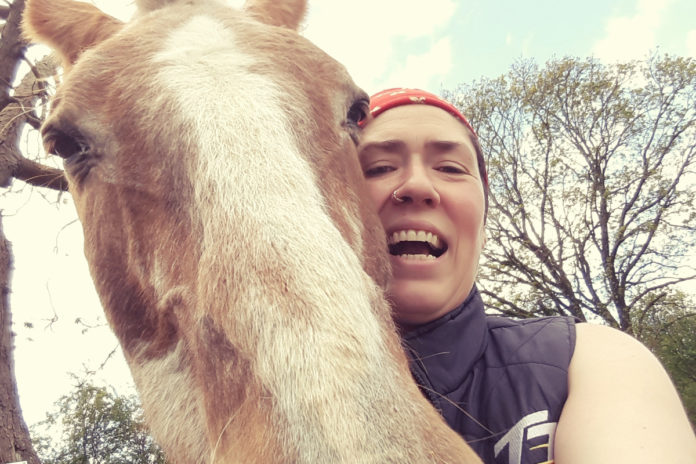In this week’s Farmer’s Diary, sheep farmer, Clodagh Hughes, discusses grass growth, weather conditions, rearing lambs and more.
The past seven days have been relatively calm around the farm. With grass finally on the upsurge, I have reduced the amount of meal I have been feeding.
In fact, I have stopped supplementing my ewes altogether as the summer grass is packed full of essential nourishment needed to provide the ewes and rapidly growing lambs with the energy they require.
All my hand-reared lambs are off milk now, and this has freed me up no end. Never mind the time and commitment it takes to meet their needs; you would not believe the amount of cleaning and disinfection of feeding equipment required when rearing surplus lambs.
This is one job I am always happy to see the back of! The ewes are already starting to wean their lambs over the past few weeks. The lambs, most of whom are coming three months of age and older and are almost as big as their mothers now, will still drink when they can sneak a sup.
But, as I have watched this over the last few years, as they get to this age, the mother’s will cut them off after 15-20 seconds.
I will be removing them from the ewes at shearing time which is fast approaching.
They are more than ready to continue independently now. It is very important to ensure the ewes get a long enough period of rest to recuperate before the next breeding season.
We underestimate the toll having and rearing one lamb can take, never mind 2 or 3 of the wee woollies.
Therefore, there is a guideline for sheep farmers which splits the breeding season such that; the ewe is in-lamb for 5 months, rearing the lamb for 4, and has 3 months to recover before she is due to go in-lamb again.
Obviously, this is not written in stone and can be modified. However, it serves as a good standard guide for animal husbandry and the welfare of the ewe also.

Spot spray: Controlling nettles and thistles
I got motivated enough yesterday to get out and spray nettles and thistles; some were the size of small trees!
I choose to ‘spot spray’ instead of ‘blanket spraying’ because this ensures I only target the offending pest plant without damaging any others.
Chemical pesticides can help to improve and protect many of our native plant species when used correctly.
I also had my trusty spade with me, which I used to dig big thistles out with. It is hard graft, but it is one of those jobs you can see the results of.
Through studying the Teagasc Green Cert, I have learned a lot about the responsible use of these potentially very harmful products and which weeds to spray.
I love to see all the wildflowers growing in the pastures, and I understand this is not possible on all farms, but it is how I do it. Sheep are amazing at keeping invasive and hard to manage plants such as ragwort and docks at bay!
I am also getting to spend quality time with my old pal, Gorsey.
More diary entries
Find more of Clodagh’s updates.





